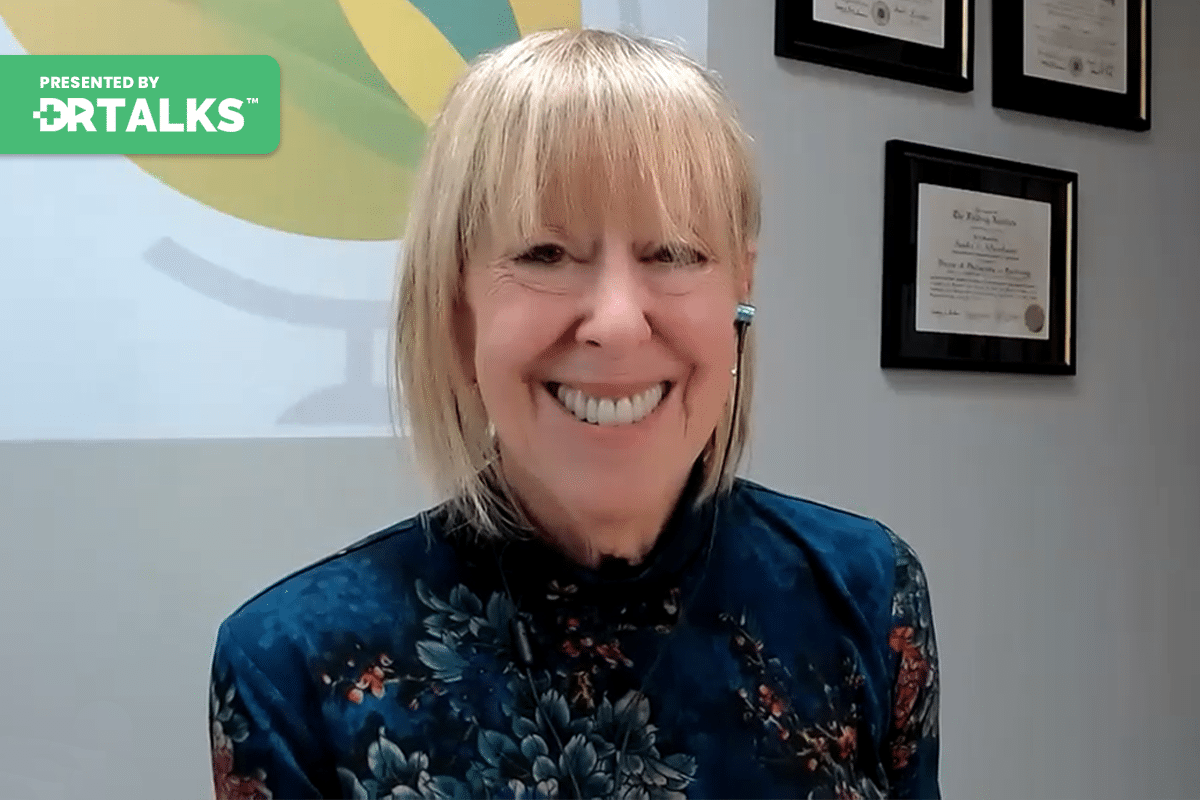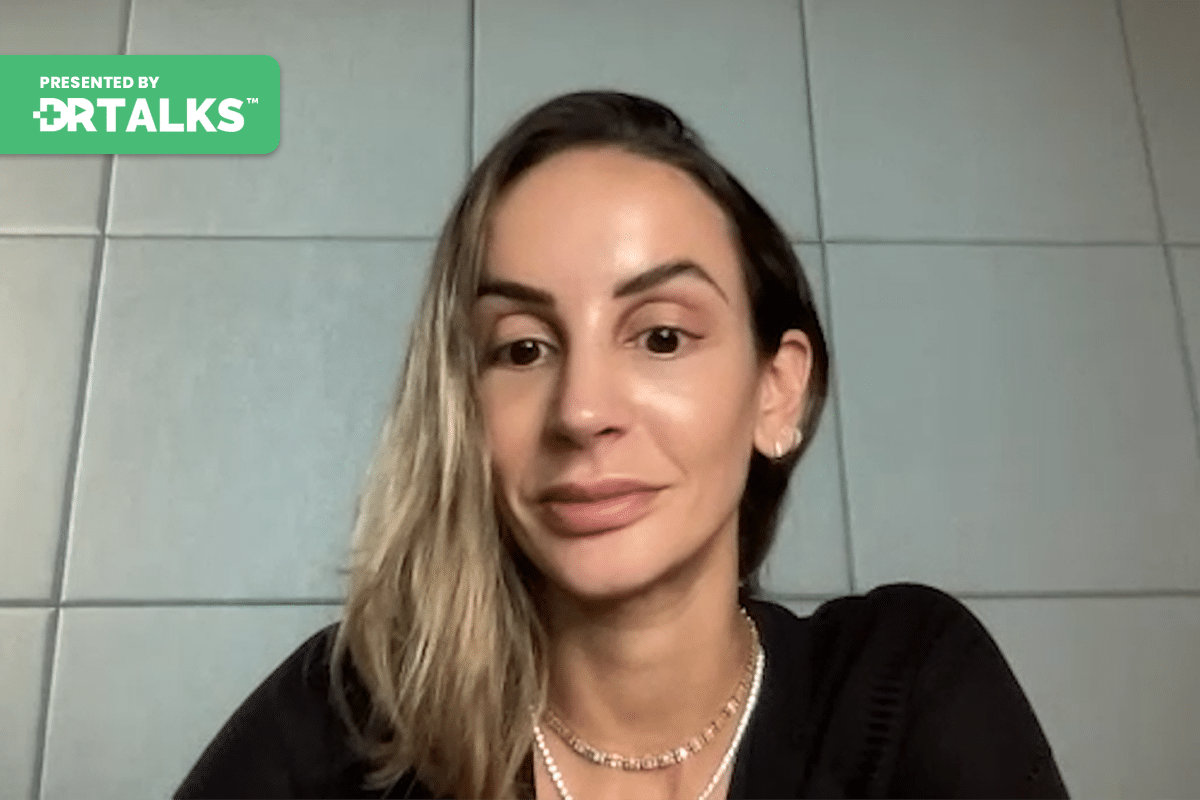Kashif Khan
Hello everyone, and welcome back for another case study. We’re talking about an actual patient and how they were able to resolve their infertility issues, which is a really cool story. Now, keep in mind that if you didn’t watch the previous case studies, in order to protect patient confidentiality, we’re not using their report. We’re using mine. We don’t want their name to show up. It shows up on the report; we’re using my report. We found somebody who has the same genetic profile as being in a particular area, and we asked their permission to tell their story so I could use my report to show you what that profile looks like. We’re going to look into hormones to show you how we were able to resolve somebody’s root-cause infertility issues. If I go through the portal now and dig into the hormone section, when I go to the summary, I’m going to show you, first of all, the profile they had, and then we’ll speak to what was going on. Like me, they were androgen-dominant. This is the avatar. It’s not a gene, but if you take a collection of hormone genes, the cascade, and add them together, you get me and also this patient, who have androgen dominance, meaning they lean more on the testosterone side. Why is that happening? The fast conversion of progesterone into testosterone produces a heavy pool of testosterone. The hormone levels are high to begin with, with an increase in binding, the ability to utilize the androgen receptor, and the ability to actually utilize that testosterone very efficiently. Then you see the slow conversion of androgen into estrogen.
Whether you’re a man or a woman, we go through the same cascade. Progesterone goes into testosterone and estrogen. These are the genes that determine with what efficiency you do each one of those steps. This person had the same profile as me. Fast conversion into testosterone, efficient binding, and they had this slow conversion into estrogen. Now there’s another layer to this that’s really important: DHT. When you make testosterone, you could potentially convert it into estrogen, but some of it may go down the DHT route. DHT is a potent version of testosterone. Dihydrotestosterone, as it sounds right here, gives you that sort of manly, ripped six-pack, and you can see your shoulder muscle fibers, which are very hard to store fat. When we produce some of this, that’s the profile. Like me, this person was actually even slightly faster than me. I’m a median converter; they were fast converters. Then these are the genes that clear DHT, and they didn’t clear it well. Now I have this profile of somebody who makes a lot of testosterone, binds it efficiently, uses it, and does not convert it into estrogen. They make a lot of DHT, more than myself, and they don’t clear it well.
Now put that profile, which sounds like Superman, into the female reality, the female context. All of a sudden, you have someone who is struggling and would spend several hundred thousand dollars on IVF treatments trying to get pregnant, solving the wrong problem. They were putting progesterone into their bodies, which their bodies convert into testosterone; this is part of IVF treatments that give you progesterone, because we think that’s what’s going to help you have your hormone levels right and develop that lining that you need to get pregnant in the uterine lining. But if your genes are obstructing taking that progesterone and converting it into testosterone and there are other genes that are saying, No, we’re not going to turn this into estrogen, are you actually getting the outcome you’re seeking? This is where personalization hormones, whether you’re taking hormone replacement therapy or IVF like this person was, or you want something like a birth control pill, not understanding what we’re doing to your body. It is very important to personalize anything in terms of hormone intervention. This person did not have the estrogen hormone levels and estrogenization required in order to have that healthy lining, and the solution was incorrect. The solution was just giving them more testosterone and putting them on the DHT path. The challenges of this person, when they were under IVF, also started to lose their hair and get acne because the hormones they were given were androgenizing them even more. They were getting even more DHT, which led to horrible skin issues and led to hair loss, as we said earlier.
All we had to do, this person already made a lot of healthy androgen. They’ve already made a lot of hormones. The challenge is that the CYP19A1 gene, which then opens a tap on turning testosterone into estrogen, was Shah. There were just simple supplements required. Simple supplements are required to open that up and allow that gene to function properly. It was a gene expression management issue by adding supplementation. There’s a product we make, and you can get the ingredients and make it on your own. We call it Female A, androgen dominant, and it allows this person to turn that tap on. CYP19A1 works faster, testosterone converts into estrogen, the hair loss goes away, the acne goes away, and the estrogen levels increase. They get more estrogenized. They feel like they have better skin. They feel like they have more female features, let’s call it body type changes, and most importantly in this particular person’s case, they now have the lining, the uterine lining, which they actually require at a healthy level to get pregnant. And guess what? They did. Actually, that’s all that was required. They did not have a quality issue. They did not have a medical issue. They were just highly androgenized by the treatment that they were being given. If this person went along and continued just trying to get pregnant, they probably would have eventually. It is just more difficult for them, but not impossible.
But the fact that they went for this IVF treatment, they put hormones into them that energized them even more because the intention was rock correct. The doctor was doing what they thought was correct, but they didn’t understand the personalized outcome of what that person’s body did with those hormones that were introduced. They were pushed further into the problematic profile of being highly androgenized and less estrogenized. They were even more challenged by the thing they thought was helping them. All that was required was using the innate hormones and putting them in the right place with simple supplementation, which is perfectly healthy. This is true for a lot of the female hormone conditions, whether it’s a rocky menopause or a crazy PMS and monthly cycle that’s horrible for some women and suffers, but for some women it isn’t, whether it’s fibromyalgia, polycystic ovarian cysts, endometriosis, lethargy, or energy issues in different parts of the month. It doesn’t always, and very rarely, need an external addition. You can often just adjust what you already make by managing gene expression and then be at optimal levels. We just have to turn taps on and off using supplementation. It’s simple to do. It starts by understanding, of course, your hormone cascade. This is another example of somebody resolving a major issue with the root cause. Then we’ll see you for the next one.










